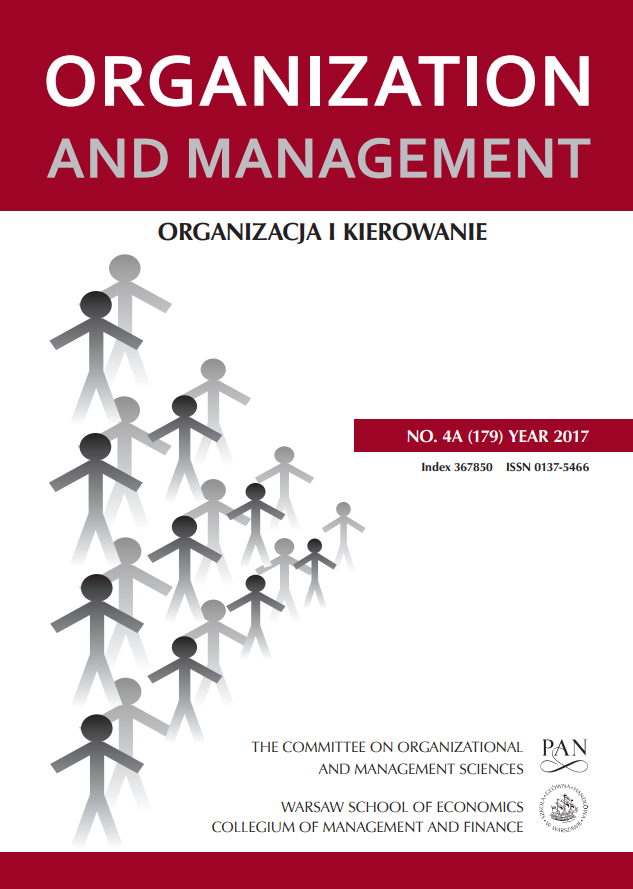Business Groups Configuration and its Changes During a Crisis
Business Groups Configuration and its Changes During a Crisis
Author(s): Wioletta MierzejewskaSubject(s): Business Economy / Management, Management and complex organizations
Published by: Szkoła Główna Handlowa w Warszawie
Keywords: business group; structure; economic performance;
Summary/Abstract: Business groups are a very interesting phenomenon, although their development stage varies in different countries across the world. It depends mainly on the legal and political, as well as economic conditions. In the ‘old Europe’ countries the phenomenon of business groups is well known and described. Big transnational corporations were created already in the 19th century. Also in emerging markets like Korea, India or China, the functioning of business groups is well described. In the Central and Eastern Europe however, this phenomenon is relatively new, as business groups were developed only after the system transformation. The significance of business groups in modern economy is proven by a constant growth of their number, even during the crises. The emergence and development of business groups consisting of legally independent enterprises is substantiated by numerous circumstances. Undoubtedly, the growth of an enterprise makes it necessary for managers to look for optimum means of management. Replacing hierarchical relations by capital relations translates into greater structural flexibility of an entity and facilitates control and management. The reasons of establishing business groups are often related to reduction of operational and capital risk, especially with reference to diversified business groups, which are more resilient to periodical downturns than entities operating in only one sector [63]. Additionally, operating as a part of capital group during a crisis can give advantages by dispersing risk and more opportunities of restructuring actions at the level of the entire business group, as well as opportunities of support by instruments of internal capital market of individual companies. What matters in the times of a crisis is not only the form of a business group, but also its configuration understood as the business group construction in respect of the number of tiers and subsidiary companies. Excessive development can lead to a drop of effectiveness because of the necessity of greater coordination of actions, problems with supervision, control and subsidiary companies management. On the other hand, insufficient complexity of a business group and a broad scope of operational activities carried out by the parent company can expose the entire group to a greater operational and financial risk. The reference literature does not provide research showing dependence between a business group configuration and its performance. Most studies identify only the level of complexity (number of subsidiary companies, number of business group tiers) or indicate the need to adapt the business group organization to strategy changes (structure-strategy fit). The aim of the article is to present the results of quantitative empirical research on the configuration of business groups and on the relation between their configuration and economic performance. Quantitative research was carried out on the sample of 97 business groups operating in Poland. The research evaluated not only the business groups’ configuration during the crisis, but most of all the changes they made in their configuration. It should be highlighted that the empirical research fills the gap in research on the issue of business groups configuration during the crisis.
Journal: Organizacja i Kierowanie
- Issue Year: 179/2017
- Issue No: 4A
- Page Range: 27-47
- Page Count: 21
- Language: English

